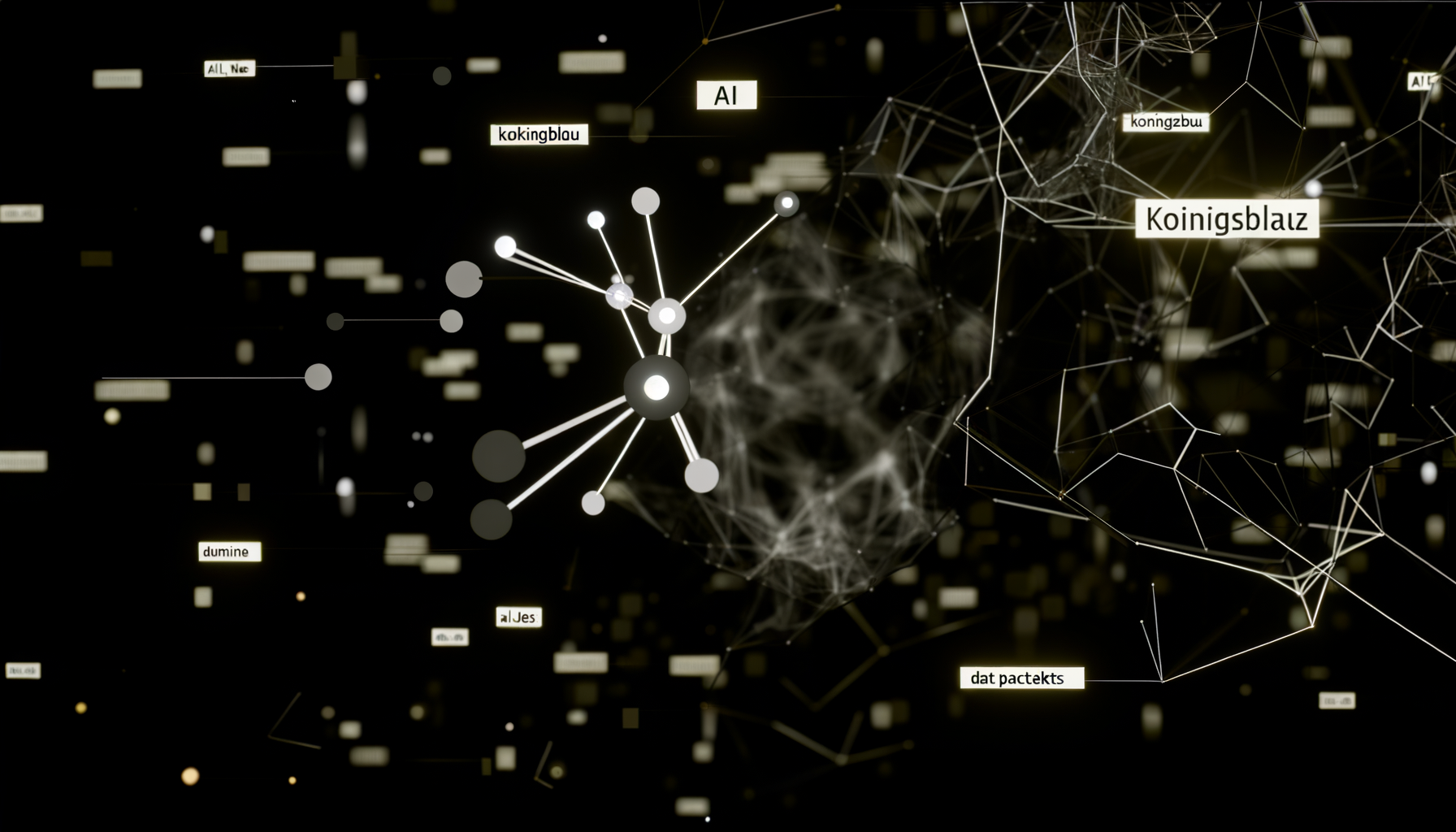Your devs ship 40% more code with AI. Your quarterly results show nothing. Welcome to the $644 billion productivity delusion that’s rewriting corporate physics.
Picture this: Three-quarters of your engineering team actively uses AI coding assistants. They report feeling more productive. GitHub Copilot completions flow like water. Pull requests multiply. Yet when the CFO asks for ROI metrics at the quarterly review, you have nothing but anecdotes and usage statistics.
This isn’t a technology failure. It’s a measurement catastrophe.
The Manufacturing Canary in the Digital Coal Mine
While Silicon Valley debates whether AI makes developers 10x or merely 2x more productive, manufacturers have been running controlled experiments with sobering results. MIT Sloan’s research reveals that firms adopting AI show a 1.33 percentage point productivity decline compared to non-adopters.
That number gets worse. When researchers control for selection bias—accounting for the fact that already-struggling companies are more likely to grasp at AI solutions—the productivity hit jumps to 60 percentage points.
Let that sink in. Companies investing millions in AI transformation are measurably less productive than those who stayed on the sidelines.
The Code Volume Trap
Software development presents an even more perplexing paradox. Faros.ai’s comprehensive analysis found that while 75% of developers use AI tools and report increased output, enterprise delivery velocity remains unchanged. The culprit? A cascading series of bottlenecks that AI adoption creates:
- AI-generated code is typically more verbose, increasing review time
- Quality issues multiply as developers trust AI suggestions without deep verification
- Code review processes become overwhelmed, creating new chokepoints
- Technical debt accumulates faster than traditional development
We’ve optimized the wrong part of the system. It’s like giving Formula 1 engines to drivers stuck in Manhattan traffic.
The $644 Billion Measurement Void
Gartner projects global AI spending will hit $644 billion in 2025, with $27.8 billion specifically allocated to generative AI services. This represents a 76% year-over-year increase in investment. Yet most enterprises lack even basic frameworks to measure whether this spending generates returns.
Traditional productivity metrics fail catastrophically when applied to AI-augmented work:
Lines of Code: The Anti-Metric
AI tools excel at generating code volume. Developers using Copilot or similar assistants produce 30-40% more lines of code. But as any experienced engineer knows, the best code is often the code you don’t write. AI’s verbosity creates maintenance nightmares and review bottlenecks.
Story Points: Gaming the System
When developers can generate boilerplate instantly, story point inflation becomes rampant. Tasks that once took days now take hours—but the business value delivered remains constant. Teams hit their velocity targets while actual customer outcomes stagnate.
Time to Market: The Hidden Slowdown
Faster coding doesn’t equal faster delivery. Research from C3 UNU shows that AI-augmented teams often experience longer overall cycle times due to increased debugging, review complexity, and integration challenges.
Yahoo Japan’s Bold Experiment
While Western enterprises flounder in measurement purgatory, Yahoo Japan has mandated daily AI use across all employees, targeting a doubling of productivity by 2030. Their approach differs fundamentally: instead of measuring activity, they’re building comprehensive baseline frameworks before widespread deployment.
This Japanese precision engineering mindset—measure twice, cut once—stands in stark contrast to Silicon Valley’s “move fast and break things” AI adoption.
The Swiss Watch Principle
Switzerland’s approach to precision manufacturing offers a blueprint for AI measurement. Swiss watchmakers don’t measure productivity by counting gears produced. They measure:
- End-to-end cycle time from order to delivery
- Defect rates at each stage of production
- Customer satisfaction scores
- Long-term reliability metrics
Applied to AI-augmented software development, this means tracking:
1. Business Impact Metrics
Instead of counting code commits, measure feature adoption rates, customer retention improvements, and revenue per developer. If AI truly amplifies productivity, these numbers should move.
2. Quality Indicators
Track post-deployment defect rates, mean time to resolution, and customer-reported issues. More code means nothing if it breaks more often.
3. System-Wide Velocity
Measure the entire value stream from idea to production. If coding is 10x faster but review and testing are 10x slower, you’ve achieved nothing.
The Productivity Paradox Resolution
The disconnect between individual productivity gains and enterprise stagnation reveals a fundamental truth: we’re automating tasks, not transforming systems. It’s the equivalent of giving spreadsheets to accountants who still file everything in paper cabinets.
Real AI productivity requires reimagining entire workflows, not just accelerating existing ones.
Companies seeing genuine AI returns share three characteristics:
1. They Measure Outcomes, Not Outputs
Instead of tracking how much code developers write, they measure how quickly features reach customers and generate value. This shift from activity to impact changes everything.
2. They Redesign Processes for AI
Rather than inserting AI into existing workflows, they rebuild processes around AI capabilities. This might mean smaller, more frequent releases, different review protocols, or new quality assurance approaches.
3. They Accept the J-Curve
Like any transformative technology, AI productivity follows a J-curve: initial productivity drops as teams adapt, followed by exponential gains as new processes mature. Companies must measure and plan for this trajectory.
The Path Forward: Measurement Before Movement
Before your next AI investment, establish clear measurement frameworks:
- Define Business Value Metrics: What customer or business outcomes will improve if AI succeeds?
- Establish Baselines: Measure current performance across the entire value chain, not just individual tasks
- Design for System-Wide Impact: Plan process changes that amplify AI benefits rather than creating new bottlenecks
- Build Learning Loops: Create mechanisms to detect and address productivity paradoxes as they emerge
The enterprises that will win the AI productivity race aren’t those adopting fastest—they’re those measuring smartest. In a world where three-quarters of developers use AI but zero enterprises show productivity gains, the competitive advantage belongs to those who can close this measurement gap.
As we hurtle toward a trillion-dollar AI economy, the question isn’t whether to adopt AI. It’s whether you’ll measure its impact honestly enough to make it matter.
The AI productivity crisis isn’t about technology failure—it’s about measurement blindness in a $644 billion experiment where feeling productive has replaced being productive.





